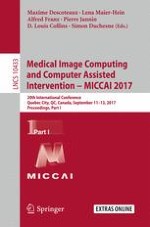2017 | Supplement | Buchkapitel
N-way Decomposition: Towards Linking Concurrent EEG and fMRI Analysis During Natural Stimulus
verfasst von : Jinglei Lv, Vinh Thai Nguyen, Johan van der Meer, Michael Breakspear, Christine Cong Guo
Erschienen in: Medical Image Computing and Computer Assisted Intervention − MICCAI 2017
Aktivieren Sie unsere intelligente Suche, um passende Fachinhalte oder Patente zu finden.
Wählen Sie Textabschnitte aus um mit Künstlicher Intelligenz passenden Patente zu finden. powered by
Markieren Sie Textabschnitte, um KI-gestützt weitere passende Inhalte zu finden. powered by
